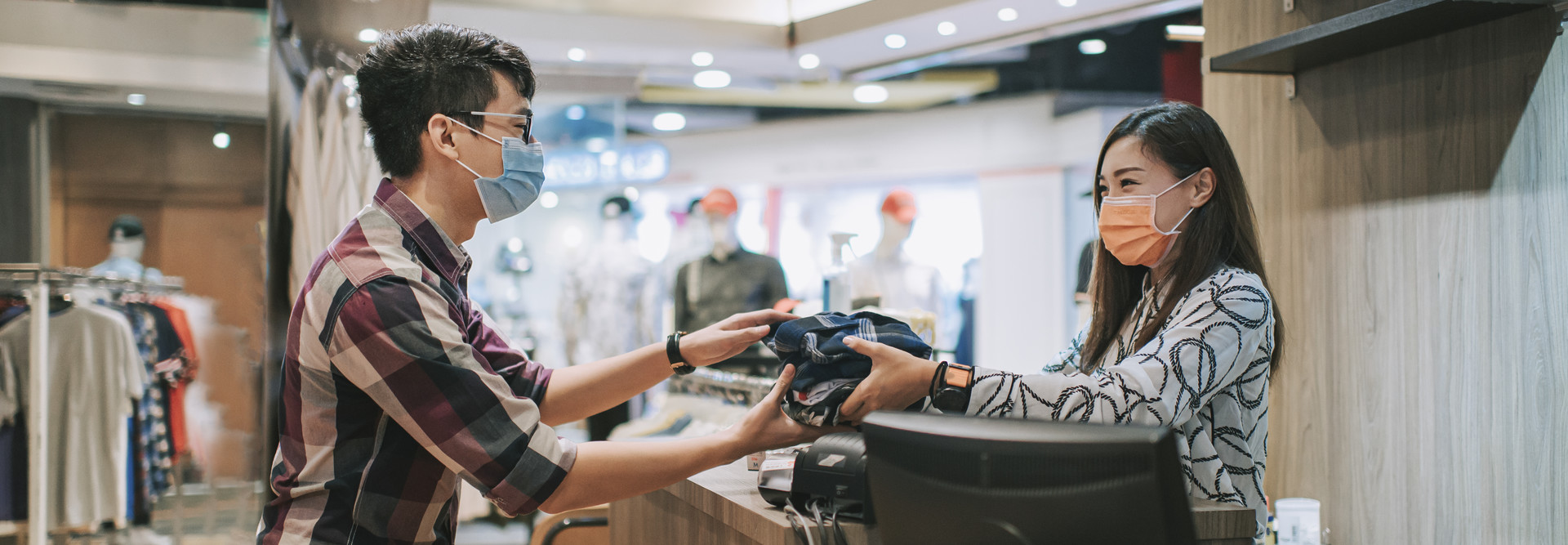How Tech Tools Can Help Retailers Address Supply Chain Issues
In 2022, experts predict that so-called “small data” will help companies realize such common business objectives as efficiency, risk mitigation and cost reduction. Data may also prove to be a useful tool in addressing another major concern for retailers: supply chain problems.
The Deloitte report states that true supply chain resiliency will require significant change across the board. Customers have become less predictable, due in part to the pandemic, and many have changed where and when they shop. “Many current supply chain capabilities — including demand planning, inventory management, and fulfillment forecasting — aren’t set up to handle such scenarios. Organizations need more credible information and technology upgrades to develop agile systems that can handle the new consumer scenarios.”
A recent report from MIT Sloan Management Review notes numerous uses for the data that stores collect by tracking customer behavior. Information such as product choice and traffic patterns can be used to improve operations, including inventory management, pricing and physical product placement, all of which can be employed to ameliorate some supply
LEARN MORE: Read what tech leaders say retailers must do to overhaul the in-store experience.
Technology Can Help Retailers Restore Customer Loyalty
One of the negative effects of supply chain issues is a potential downturn in customers’ devotion to a particular brand or product. “Customers today expect the same speed and convenience in person that they get online,” notes the MIT Sloan report. “Stores that can deliver that experience will strengthen customer loyalty, making them more competitive with online sellers and creating an advantage over physical retail competitors that don’t offer comparable speed and convenience.”
This is where retailers should turn to technology to address the supply chain issues they can’t solve on their own. “Digitizing gives retailers a chance to collect and analyze more — and more granular — data on customer preferences and behavior, leveling the playing field with online sellers and enabling personalized recommendations and promotions,” notes MIT Sloan.
Innovative technologies such as smart shelves, modernized checkout and wearable devices all have the power to enhance the shopping experience and renew customer loyalty.
Click the banner below to follow the most influential voices in retail technology.













